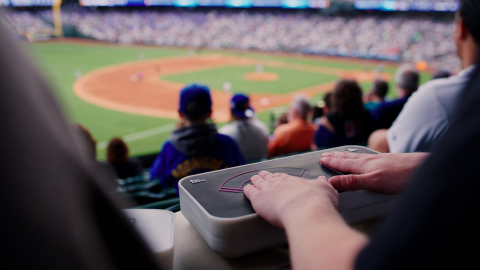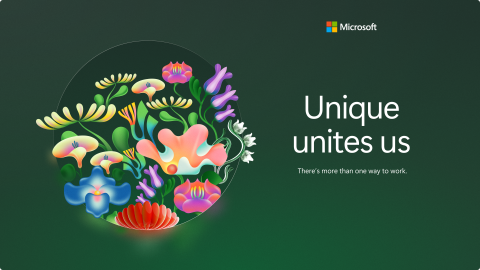Working together to develop an HID standard for braille displays
We believe accessibility and inclusion are essential in empowering every person to achieve more. Advancements in technology and inclusive design can help reach this goal. However, we need to work together, across the tech industry, to ensure no one gets left behind.
That is why Microsoft, Apple and other industry organizations collaborated to develop a USB-IF Human Interface Design (HID) standard for braille displays. Announced by the USB Implementers Forum (USB-IF) today, the standard will enable plug and play support for braille displays and has received broad support from the tech industry, assistive technology (AT) companies, and non-governmental organizations advocating for people who are blind or have low vision.
Braille is a critical form of communication for many people around the world, including an estimated 253 million people who have a form of visual impairment. The new standard is a great example of how we can work together to create opportunities for more people and help change the unemployment rate for people with disabilities. Technology can play an important role in creating these opportunities, and we have a responsibility to help create a level playing field for everyone.
Together, we can create a more inclusive world.
To learn more, check out the Microsoft on the Issues blog by Jeff Petty, Windows Accessibility Program Manager Lead at Microsoft.







